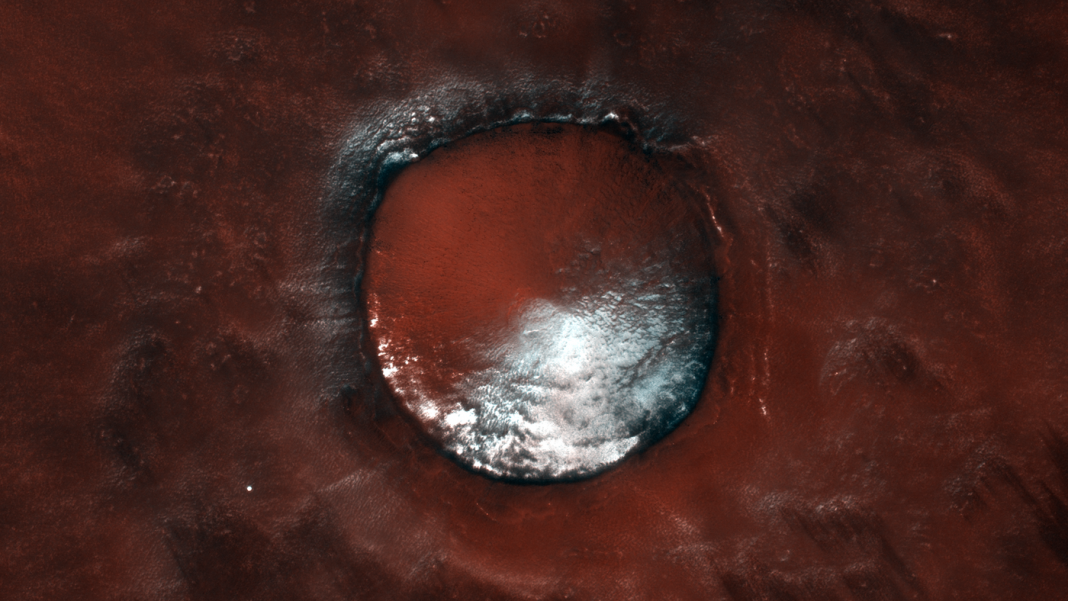The frequency of asteroid collisions on Mars has been about the same for the past 600 million years, according to new research led by Curtin University. The researchers used an algorithm to analyze more than 500 large Martian craters based on high-resolution images.
Previous studies of craters on Mars indicated oscillations in the frequency of impacts, but the new research has found that, in fact, these events have remained at the same pace for these millions of years.
The team used an algorithm, previously developed by Curti, capable of counting crater by crater on the surface of Mars based on the many high-resolution images of the planet’s surface.
Want to stay on top of the best tech news of the day? Access and subscribe to our new youtube channel, Kenyannews News. Every day a summary of the main news from the tech world for you!
The study’s lead author, Anthony Lagain, said the algorithm provides a complete understanding of how the craters formed, “including their size and quantity, the timing and frequency of the asteroid collisions that made them,” he added.
Impact Craters on Mars
Until then, the frequency and period of impacts on Mars was related to the debris generated by the collision between large celestial bodies in the Asteroid Belt. One effect of this would be countless fragments colliding with the Red Planet.
But the authors of the new study said it was unlikely that such debris had caused any change in the formation of Martian impact craters. The flow of asteroids from 5 meters to 1 km has not changed in the last 600 million years.
Researcher Gretchen Benedix, co-author of the study who led the development of the algorithm, pointed out that the tool can be adapted to analyze the surface of other worlds, including the history of lunar impacts.
Still, the authors also believe that, in the near future, the algorithm may have applications on the Earth’s surface, being able to be used “in the preservation of nature and in agriculture, such as the detection of forest fires and the classification of land use”, added Benedict.
The research was published in Earth and Planetary Science Letters.
